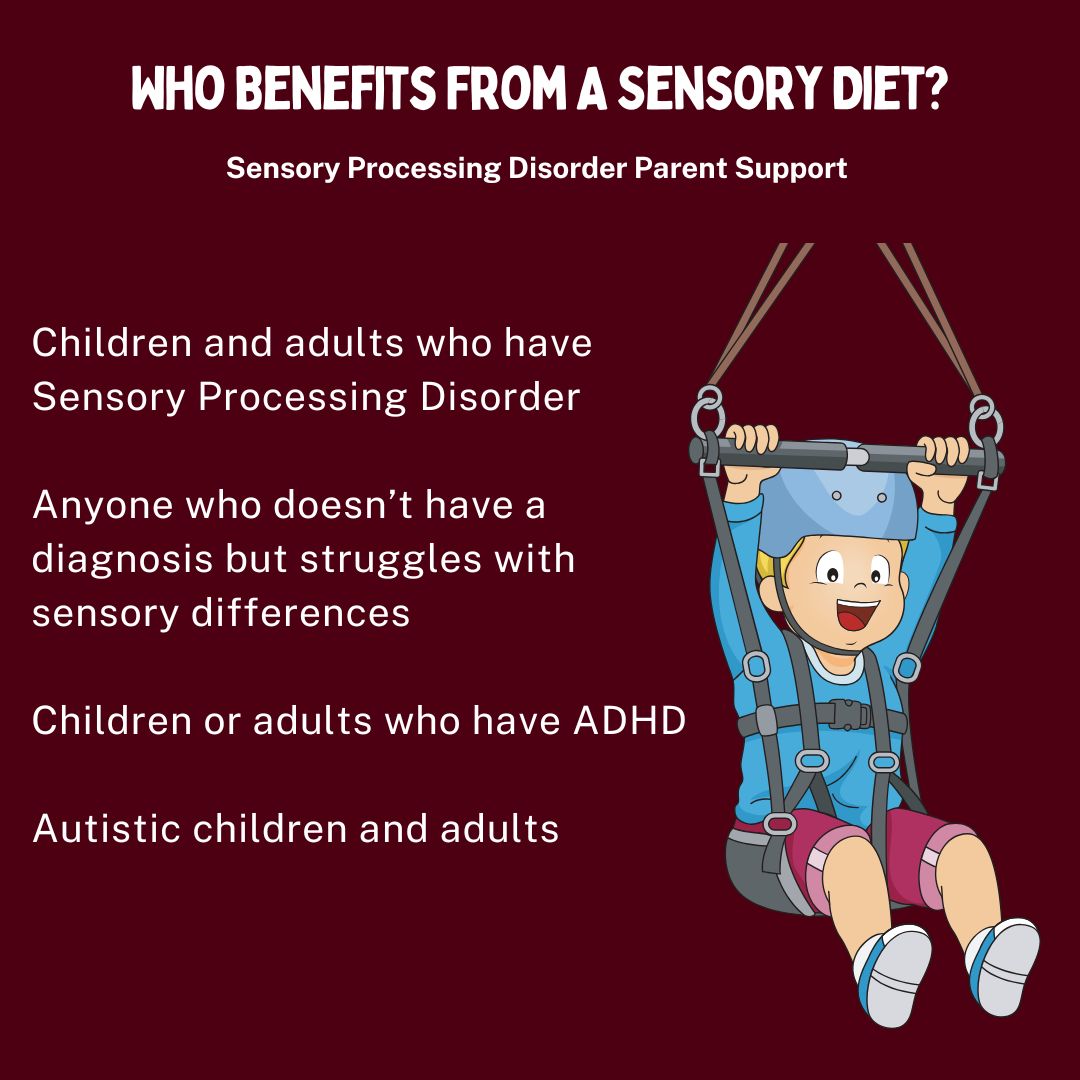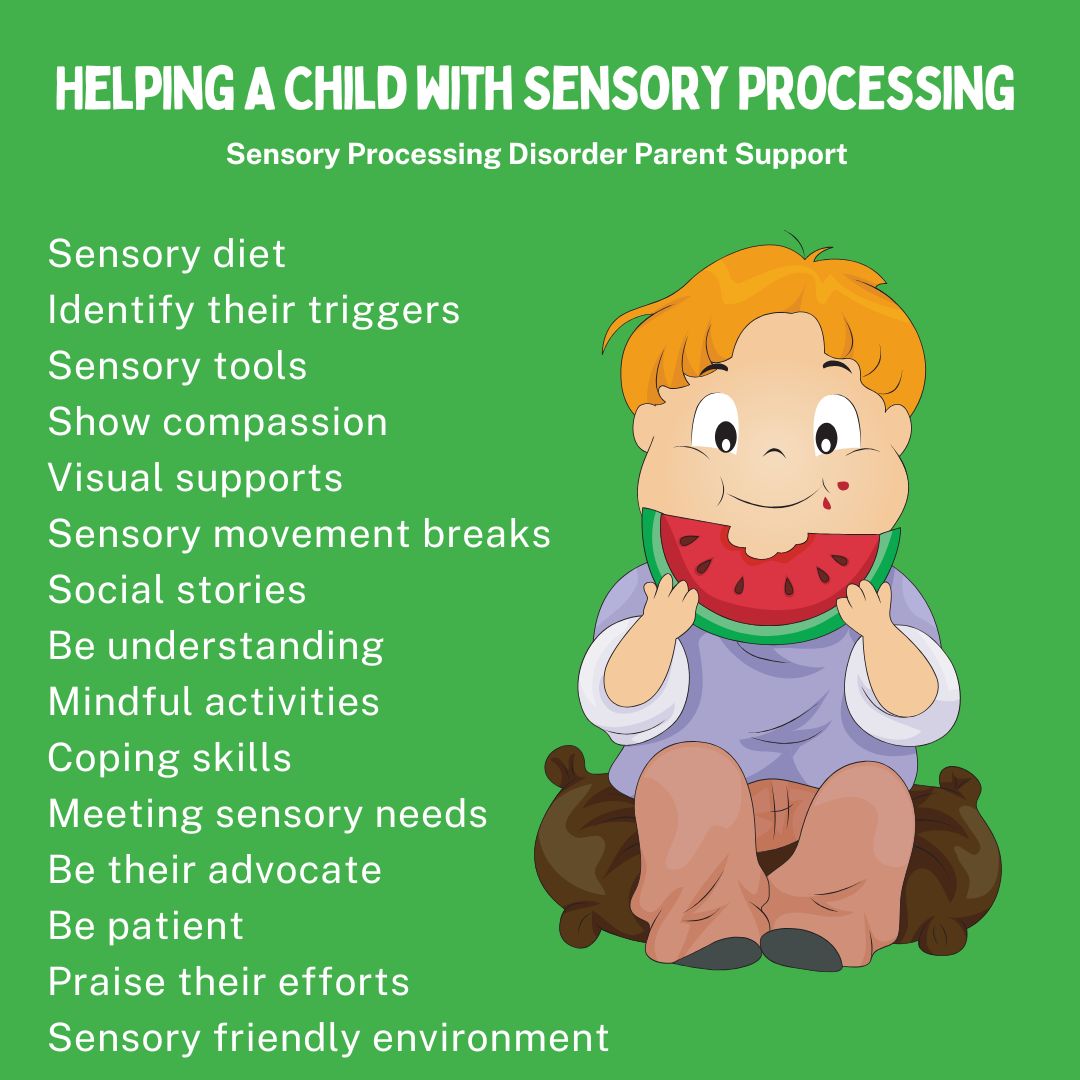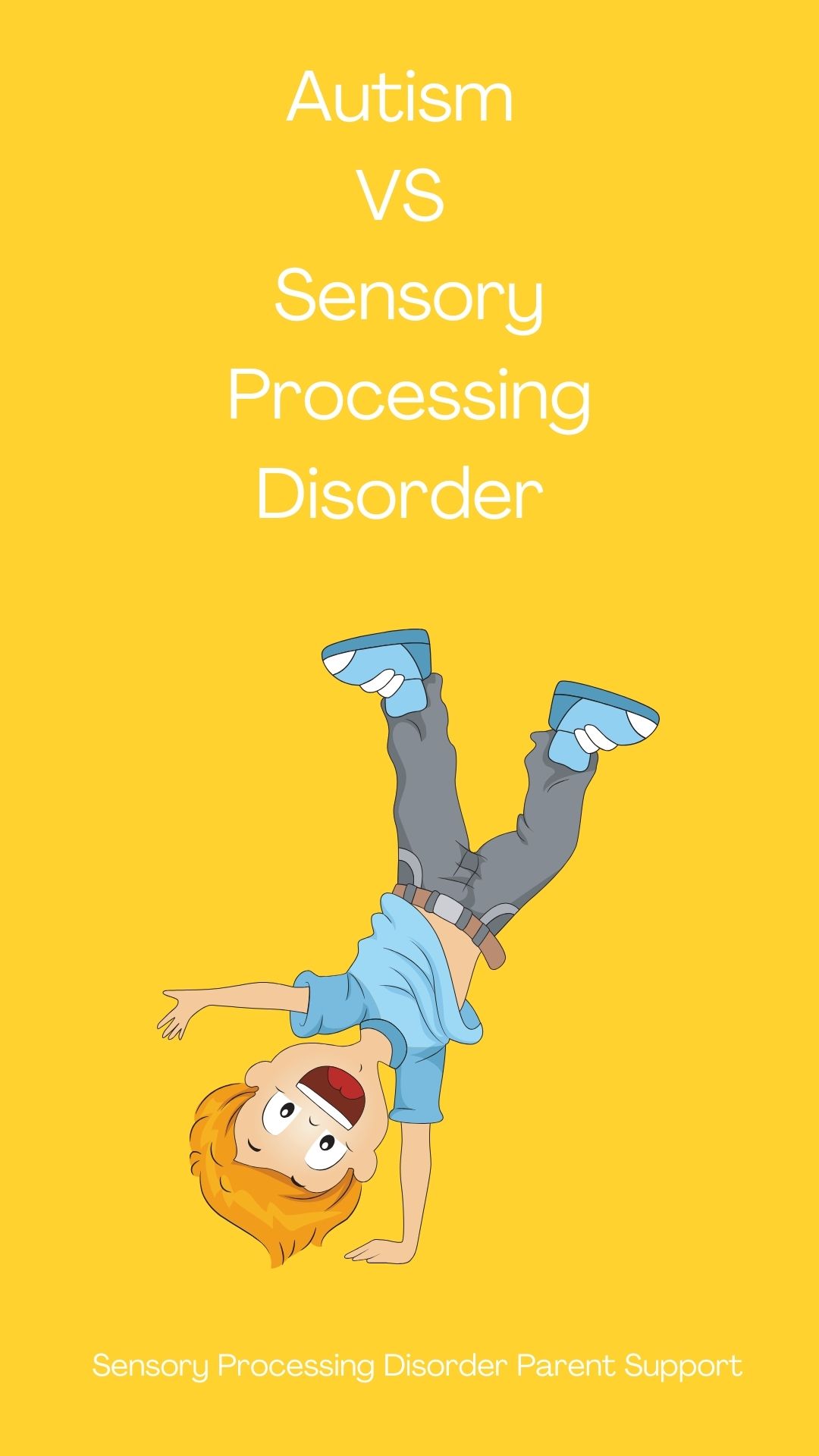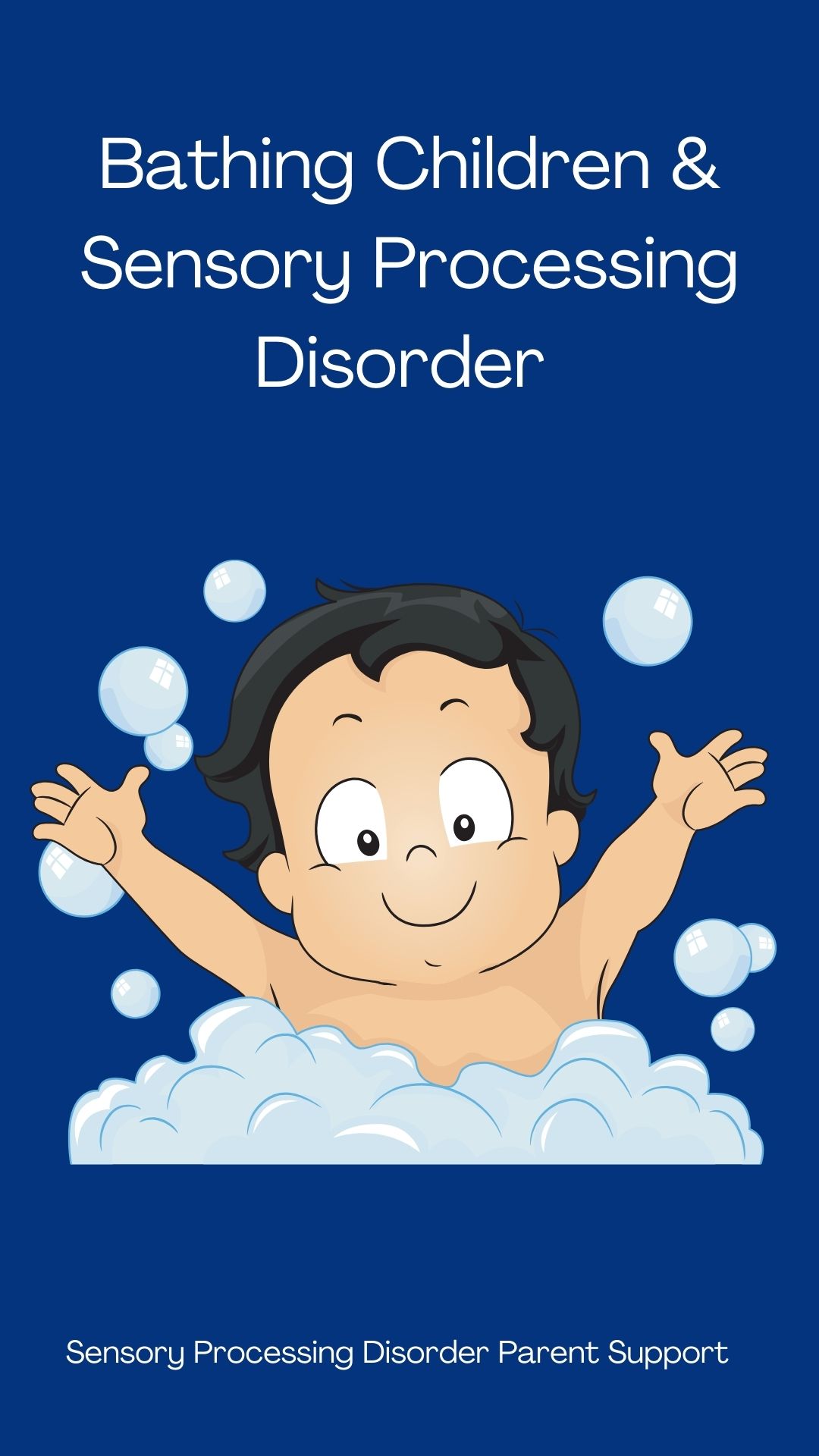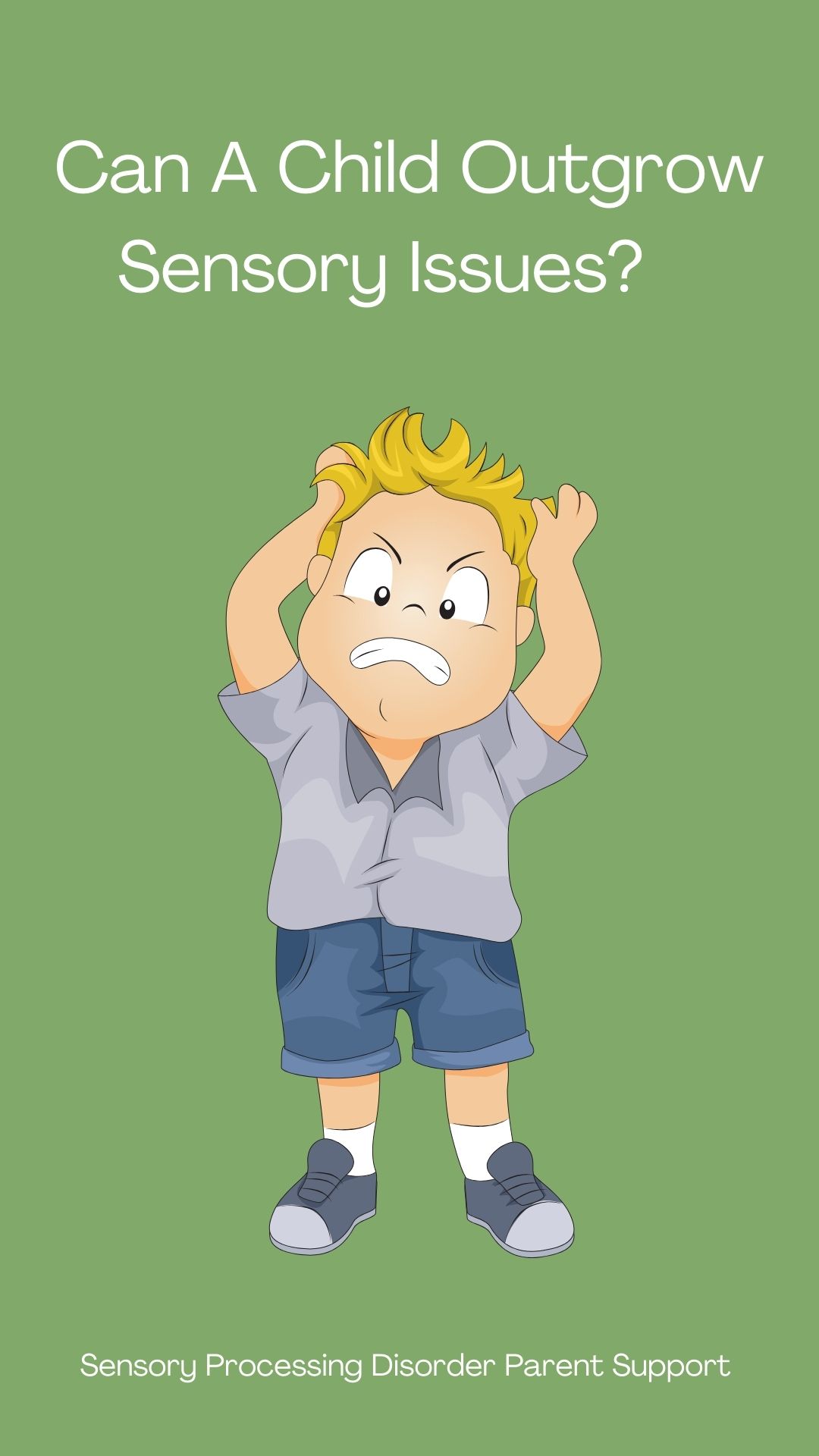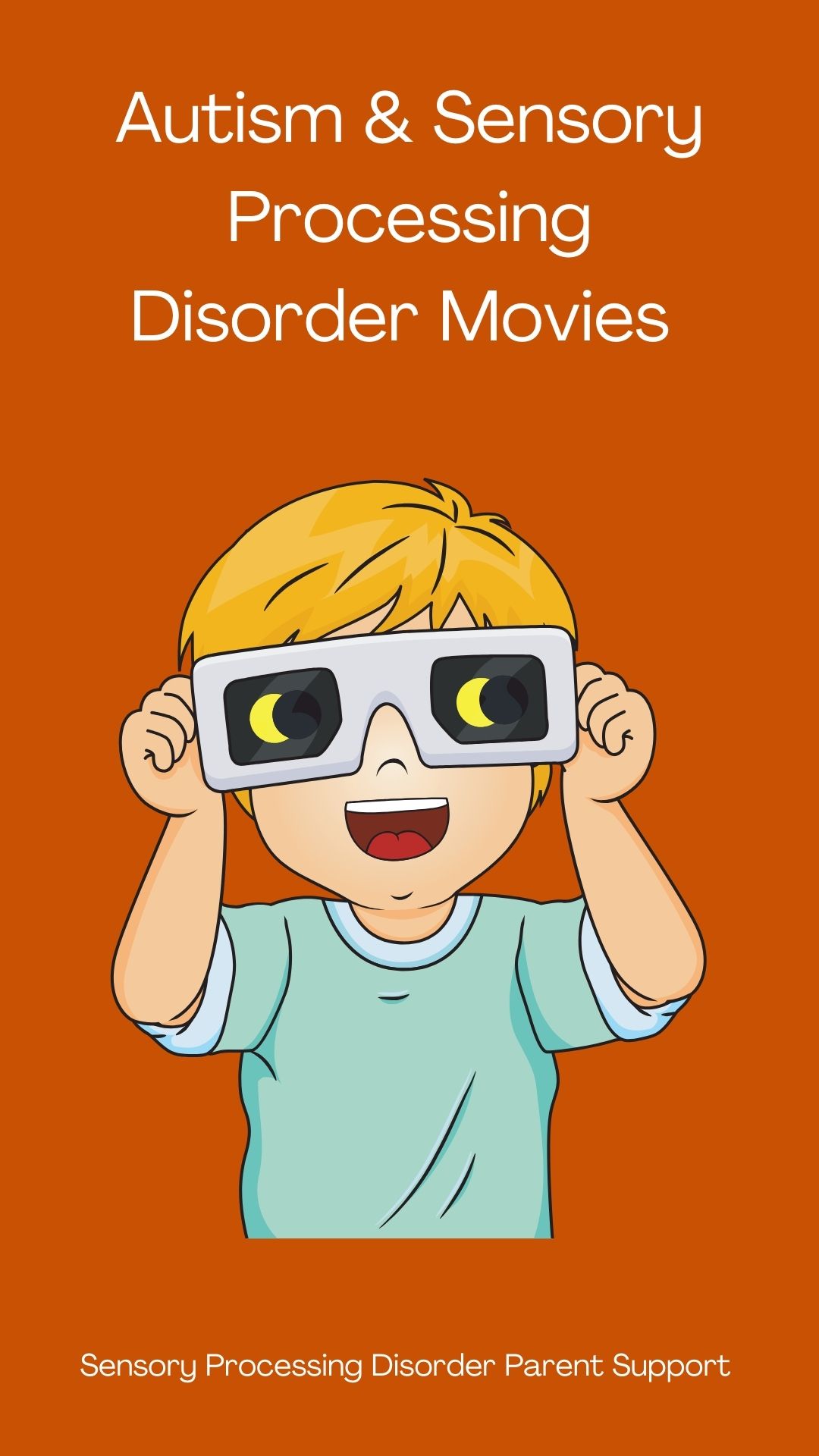
Sensory Processing Disorder Parent Support
What is a Sensory Diet for Sensory Processing Disorder?
Children with sensory differences ... painting the world beautiful.
What is a Sensory Diet for Sensory Processing Disorder?
Jeanette Loftus
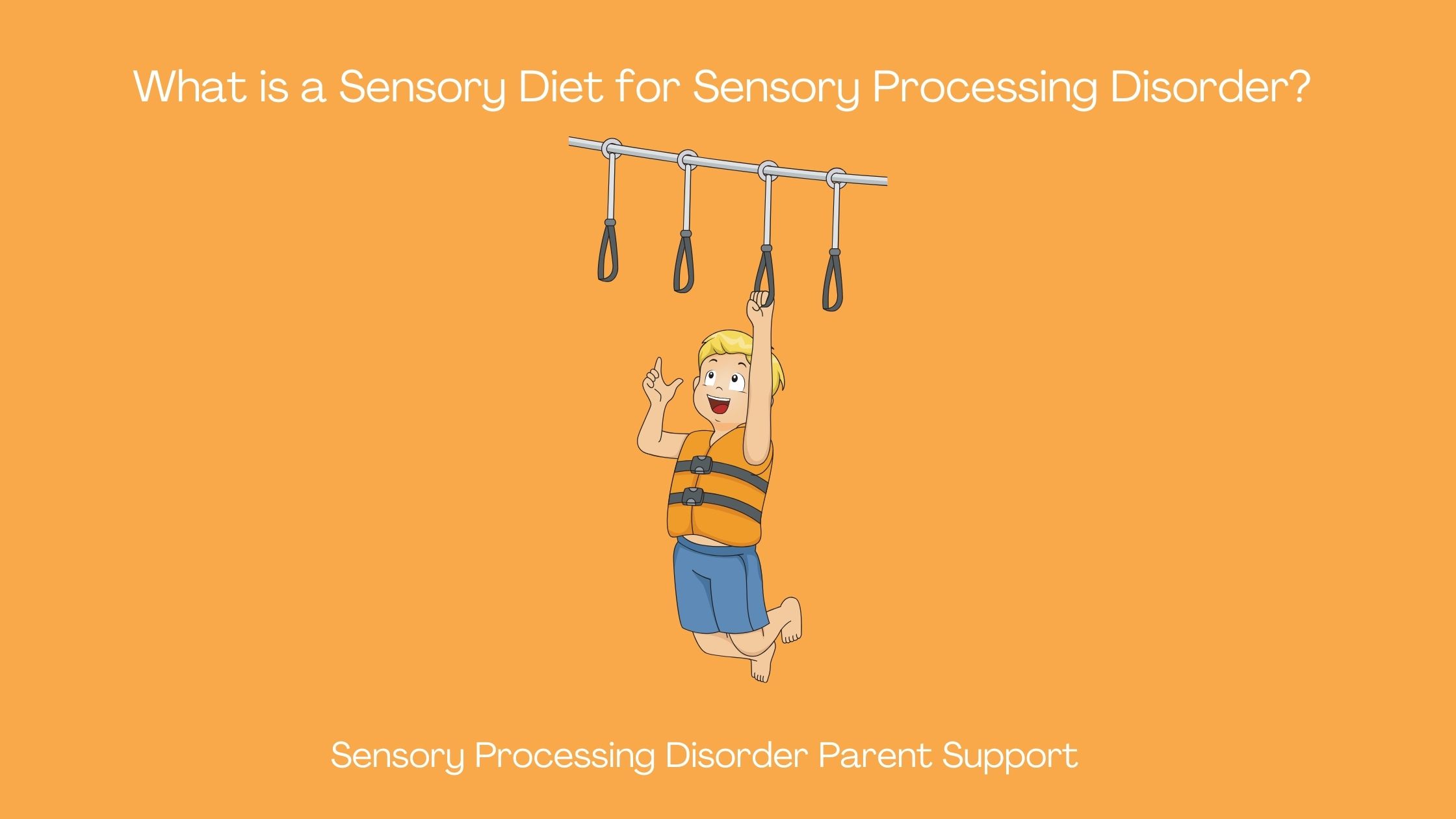
I am asked what a sensory diet is often and most think that a sensory diet is what our children should eat and their food intake but its not about food at all. It can be very common for children to experience sensory overload because we live in a very overwhelming world. It can be difficult to process sensory input and that can cause children to have sensory meltdowns, behavioral issues, anxiety and difficulty focusing.
